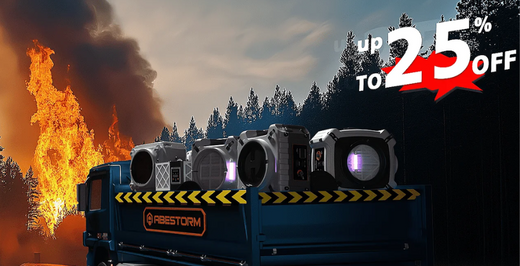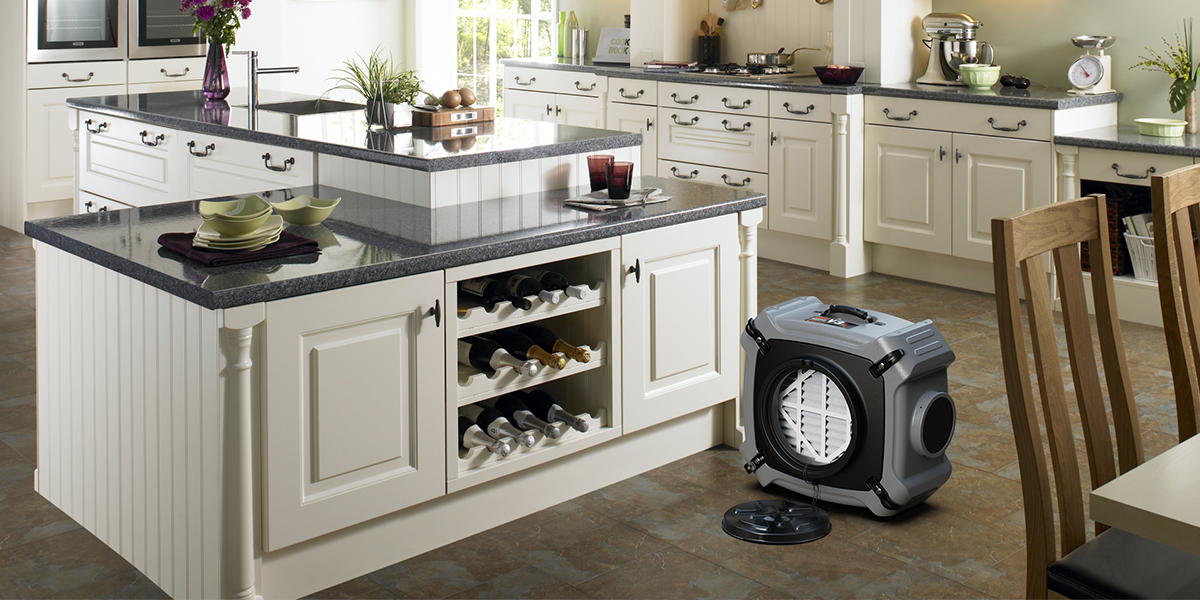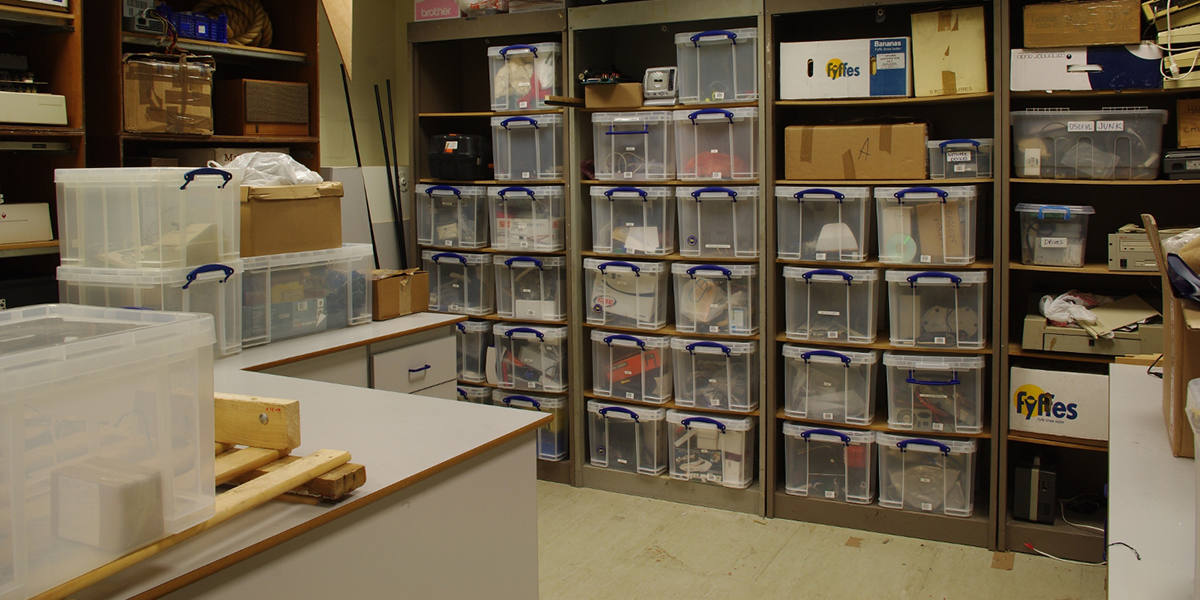Preparing our homes for winter goes beyond cozy blankets and warm beverages. Ensuring optimal indoor air quality becomes a chief concern, especially given the increased time we spend indoors during the colder months. The fizzy air outside may be refreshing, but it brings with it a set of challenges for maintaining a healthy living environment.
In a colder climate, winter air tends to be drier, with lower humidity levels. This occurs because cold air holds less moisture compared to warm air. As a result, indoor environments can become uncomfortably dry, leading to various issues such as dry skin, dry throat, and even respiratory problems.
Fortunately, technology comes to our aid, offering various solutions to combat the winter-induced dryness and its associated issues. Among these solutions, dehumidifiers stand out, yet a common question lingers: should dehumidifiers be used in cold weather?
Contrary to the common belief that dehumidifiers should only be used in warm climates, employing dehumidifiers during the winter has its merits. In this post, we'll delve into the dehumidifier’s role in winter, its benefits, and the best measures to utilize it in seasons like this.
should I use dehumidifiers in cold weather?
Dehumidifiers, which are frequently lauded as essential protectors of indoor air quality, are often overlooked during the winter months. The common belief is that when humidity levels drop, these moisture warriors take a back seat and heating systems take over. However, this assumption may deprive your home of a valuable ally in the fight against winter-related air quality issues.
Typically, you don’t need to run a dehumidifier in the winter months, especially in unheated or unconditioned spaces where the temperature drops. Examples of this can be crawl spaces, basements, and garages. These are environments where, when the temperature outside drops, the temperature inside drops too.
As temperatures drop, our efforts to protect our living areas from the cold may unwittingly trap contaminants indoors. The insulation that protects us from the cold also prevents the exchange of fresh outdoor air, allowing contaminants such as dust mites, mold spores, and other airborne pests to thrive.
Hence, your choice to use dehumidifiers during the winter is largely dependent on factors like the environment, insulation, and so on. When pondering the question, "Should I use dehumidifiers in cold weather?" consider the main factors of temperature and humidity in your area or home.
While these are important factors, don’t overlook the significant role dehumidifiers play in maintaining quality air and humidity levels. Whether it's winter, summer, or spring, implementing tips and measures to maximize the effectiveness of dehumidifiers in every season ensures they work tirelessly year-round.
When contemplating the use of dehumidifiers during the winter, carefully assess the specific conditions of your living area before making a decision. Seeking advice from professionals can be a valuable step to ensure that you make an informed and appropriate choice.
Dehumidifier benefits in winter
Despite the prevailing notion that dehumidifiers are only for warm weather, dehumidifiers can indeed be used effectively during the winter months. Here are a few benefits:
1. Preventing Condensation and Moisture Damage
During winter, the temperature difference between the warm indoors and the cold outdoors can cause condensation to form on windows, walls, and other surfaces. Using a dehumidifier helps reduce excess moisture in the air, minimizing the potential for condensation and moisture-related damage. This can help prevent issues like mold growth, peeling paint, and warped wood.
2. Improving Indoor Air Quality
Winter often involves keeping doors and windows closed, limiting fresh air circulation. Dehumidifiers aid in maintaining optimal humidity levels and removing excess moisture from the air. This contributes to improved indoor air quality by reducing the presence of airborne pollutants, allergens, and mold spores. Enhanced indoor air quality is particularly beneficial for respiratory health, minimizing the risk of allergies and respiratory issues.
3. Enhancing Energy Efficiency
In some cases, using a dehumidifier in the winter can contribute to energy efficiency. When indoor air is too humid, heating systems may need to work harder to maintain a comfortable temperature. Dehumidifiers help balance humidity levels, potentially reducing the workload on heating systems. This can lead to energy savings and increased efficiency, promoting a more sustainable and cost-effective home heating environment.
Since dehumidification in the winter months can be tricky, it's important to understand how to employ dehumidifiers in the winter for great air quality.
Tips for Maintaining Air Quality Using Dehumidifiers During the Winter
Here are some tips to help you effectively use dehumidifiers for maintaining air quality during cold weather:
1. Pick the Right Spot for Placement
Place the dehumidifier in strategic locations, such as areas prone to high humidity or moisture buildup, like basements, bathrooms, or laundry rooms. Ensure that air circulation is not obstructed to maximize its effectiveness.

Most of the models release air through vents on the top, but a few vents are out the side. So, leave some space around your dehumidifier so that the vents aren’t obstructed, keeping the unit at least a foot away from walls and furniture.
2. Monitor Temperature Settings
Be mindful of the operating temperature range of your dehumidifier. Some models may be less effective in colder temperatures, so ensure your device is suitable for use in the specific areas you intend to address during the winter.
AlorAir dehumidifiers work efficiently in both high and low environmental temperatures. They can effectively remove moisture in both warm and cold climates.
3. Understand Ideal Humidity Levels
Aim for indoor humidity levels between 30 and 50%. This range helps prevent issues like mold growth, dust mites, and respiratory discomfort. Many dehumidifiers come with built-in hygrometers to monitor humidity levels.
AlorAir dehumidifiers use an integrated humidistat to monitor the conditioned space. When the relative humidity goes above the selected setpoint, the dehumidifier will energize.
4. Balance Insulation and Ventilation
Find the right balance between insulation and ventilation in your home. While insulation is essential for retaining heat, proper ventilation ensures a healthy exchange of indoor and outdoor air. Use dehumidifiers to maintain this balance, especially in sealed environments during the winter.
5. Consider Humidity-Controlled Fans
Humidity-controlled exhaust fans in bathrooms or kitchens can complement the work of dehumidifiers. These fans automatically activate when humidity levels rise, aiding in moisture removal.
6. Regularly Ventilate the Home
Proper ventilation is crucial for effective dehumidification. AlorAir dehumidifiers improve air quality by forcing air from outside the room to mix with the air in the room.
Open windows and doors periodically, even during the winter, to allow fresh outdoor air to circulate. This helps refresh the indoor environment and prevents the buildup of stagnant air.
7. Observe and Adjust Settings
Pay attention to changes in weather conditions and adjust your dehumidifier settings accordingly. During exceptionally cold periods, you may need to fine-tune the device to maintain an optimal balance.
AlorAir dehumidifiers come with adjustability features that let you manually select the suitable humidity levels for your home.
8. Regular Maintenance
Clean and maintain your dehumidifier regularly. Empty the water reservoir, clean the filters, and check for any signs of wear or damage. In colder temperatures, frost can build up on the coils of the dehumidifier. If this happens, turn off the dehumidifier and allow the frost to melt before restarting.
Regular maintenance ensures optimal performance and prevents the growth of mold or bacteria within the device.
In summary, dehumidifiers can indeed be used in winter. They play a crucial role in maintaining a comfortable and healthy indoor environment by preventing condensation, improving air quality, and even enhancing energy efficiency. However, you must understand the temperature and humidity of your space to operate them effectively.
By following these tips above, you can effectively manage indoor air quality during the colder months, ensuring a healthier and more comfortable living environment. For further information on preserving indoor air quality or preparing your house for winter, consult with a specialist.









Shop For Dehumidifier